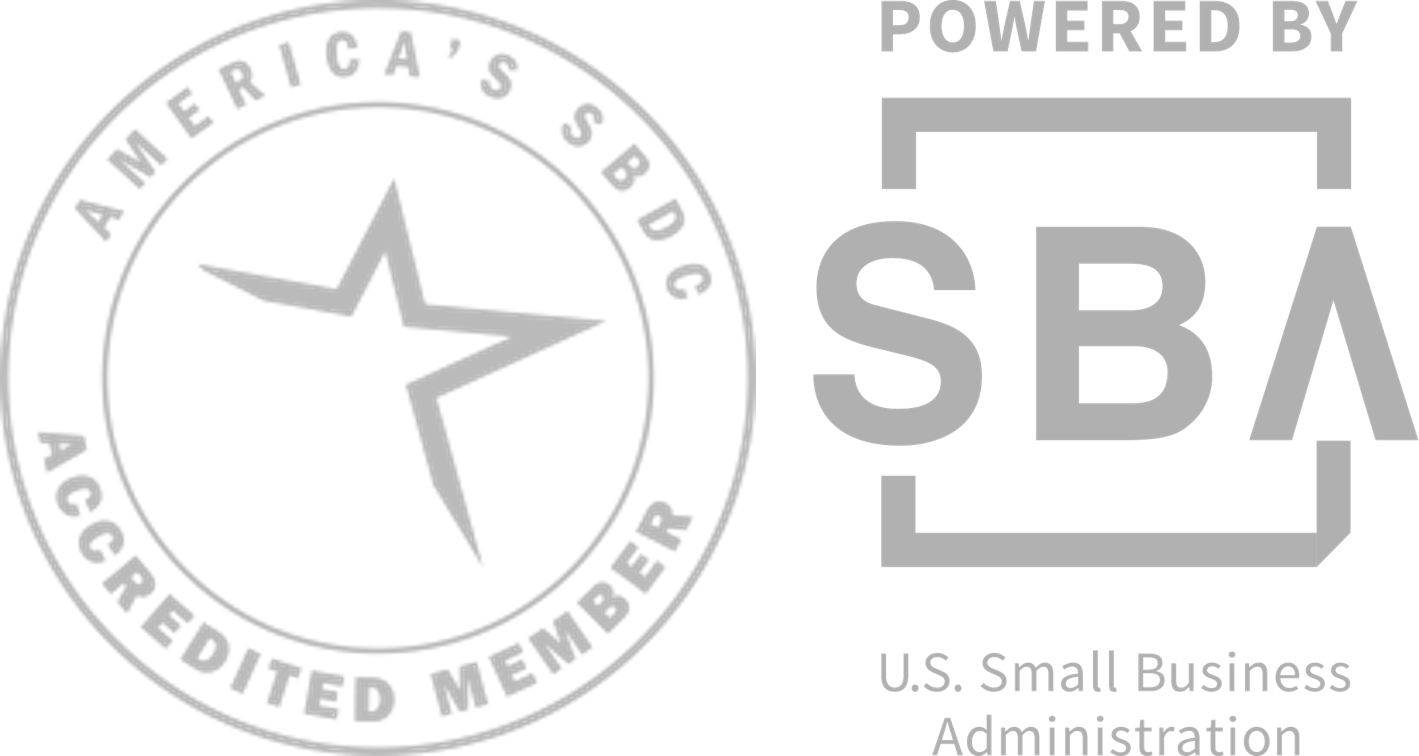10 Steps to Running W-2 Payroll Without a Payroll Company

by Randy Hayes | June 3, 2024
Filing payroll taxes without a payroll company involves a series of steps to ensure compliance with federal, state, and local regulations. Below is a detailed guide for business owners to handle payroll taxes on their own.
Step 1: Obtain an Employer Identification Number (EIN)
Before you can file payroll taxes, you need an EIN, which is issued by the Internal Revenue Service (IRS). This number identifies your business for tax purposes. You can apply for an EIN online by visiting the IRS website at www.irs.gov.
Step 2: Understand Payroll Tax Requirements
Familiarize yourself with the types of payroll taxes you need to withhold and pay. These may include the following:
- Federal Income Tax: Withheld from employees’ wages.
- Social Security and Medicare Taxes (FICA): Withheld from employees’ wages and matched by the employer.
- Federal Unemployment Tax (FUTA): Paid by the employer.
- State and Local Taxes: Vary by state and locality, including state income tax, unemployment tax, and other local taxes.
Step 3: Classify Employees Correctly
Ensure all workers are correctly classified as employees or independent contractors. Misclassification can result in penalties and back taxes.
Step 4: Collect Employee Information
Gather Form W-4 from each employee to determine the correct amount of federal income tax to withhold. Keep this information up to date.
Step 5: Calculate Payroll Taxes
During each pay period, make sure to calculate the following:
- Gross Wages: Total earnings before deductions.
- Deductions: Federal and state income tax, Social Security, Medicare, and any other applicable taxes or contributions.
- Net Pay: Gross wages minus deductions.
- Use the IRS Publication 15 (Circular E) to determine the federal tax withholding amounts and your state’s tax guidelines for state taxes.
Step 6: Deposit Payroll Taxes
Federal tax deposits must be made either monthly or semi-weekly, depending on the amount of payroll taxes you owe. Use the Electronic Federal Tax Payment System (EFTPS) to make these deposits. State tax deposit schedules vary, so check your state’s guidelines.
Step 7: File Required Tax Forms
Quarterly Forms:
- IRS Form 941: Report federal income tax, Social Security, and Medicare taxes withheld.
- State Forms: Varies by state; typically, states require a quarterly reconciliation of state income tax withheld and state unemployment taxes.
Annual Forms:
- IRS Form 940: Report and pay FUTA taxes.
- IRS Form W-2: Provide to each employee by January 31st and file with the Social Security Administration (SSA).
- IRS Form W-3: Transmittal of Wage and Tax Statements to the SSA.
- State Forms: Annual reconciliation forms for state income tax and unemployment tax.
Step 8: Maintain Records
Keep detailed payroll records for at least four years. This includes:
- Employee information (W-4 forms).
- Dates and amounts of all wages paid.
- Dates and amounts of tax deposits made.
- Copies of all filed tax forms.
- Any fringe benefits provided and related documentation.
Step 9: Stay Informed
Payroll tax laws can change. Stay informed by regularly reviewing IRS publications and your state’s tax agency updates. Consider subscribing to newsletters or alerts from these agencies.
Step 10: Use Payroll Software
While not a payroll company, using payroll software can simplify the process by automating calculations, tax form generation, and compliance updates. Options like QuickBooks, Gusto, or ADP’s RUN provide robust solutions for managing payroll in-house.
Handling payroll taxes without a payroll company is feasible with careful attention to detail and adherence to regulations. By obtaining the necessary IDs, understanding tax requirements, accurately calculating and depositing taxes, and filing the appropriate forms, business owners can manage their payroll responsibilities effectively. Regular updates and potentially leveraging payroll software can further streamline the process.





Randy Hayes
Consultants, Hayes, Polk CountyFlorida SBDC at USF, Polk County
Specialty: Startup, Employee Recruitment/Retention
Randy Hayes has more than 15 years of business consulting experience with businesses of various sizes from start-ups to Fortune 500 companies. His work with these companies ranged from guiding them through their financial services needs as a banker to ensuring that they met their monetary goals. As recruiter/talent acquisition partner and business owner, Hayes worked with businesses to help them identify, recruit, and ultimately hire top talent to join their companies and addressed turnover, existing market share growth, new market development, and/or succession planning goals. His experience in the financial services and recruiting industries allows him to provide business consulting to entrepreneurs with a balanced understanding of starting and growing their business, by focusing on both the product and/or service they offer and the human capital needed to make it happen. Hayes has a bachelor’s degree from Palm Beach State College and a master’s in human resource management and services from Nova Southeastern University. He is also a Certified Professional with the Society for Human Resource Management (SHRM-CP).